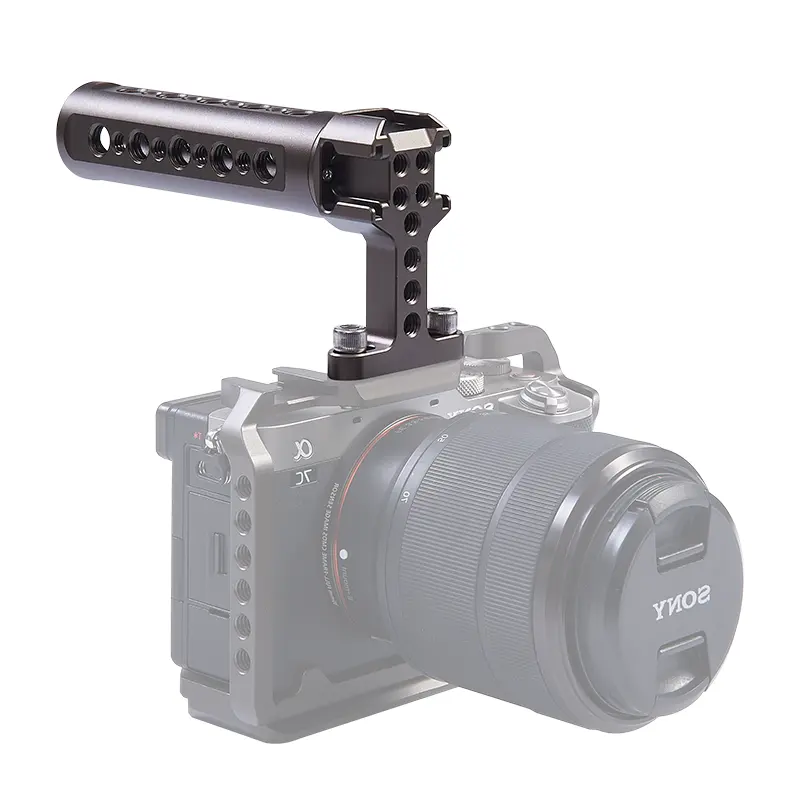

Time:2025-02-15 Views:1

Macro lens adapters come with a variety of specifications that photographers need to understand before making a purchase. One of the key specifications is the mount type. The mount is what connects the adapter to the camera body and the lens. Common camera mount types include Canon EF, Nikon F, Sony E, and Fujifilm X - mount. Each mount has its own unique physical and electrical characteristics, and it's crucial to ensure that the macro lens adapter has the correct mount to match your camera. For example, if you own a Canon DSLR camera with an EF mount, you must choose an adapter with a compatible EF - mount interface.
Another important specification is the focal length range that the adapter can support. Different macro lens adapters are designed to work with lenses of various focal lengths. Some adapters are optimized for shorter focal length lenses, which are great for achieving high magnification ratios and getting extremely close - up shots of small subjects like insects or flowers. Others can handle longer focal length lenses, providing more flexibility in shooting distance and perspective. The focal length range of the adapter will also affect the working distance between the lens and the subject. A longer focal length - compatible adapter may allow you to shoot from a slightly greater distance while still maintaining a high - quality macro image.
The magnification factor is yet another critical specification. This determines how much larger the subject will appear in the final image compared to its actual size. Macro lens adapters can offer magnification ratios ranging from 1:1 (life - size) to even higher, such as 2:1 or 5:1 in some cases. A higher magnification ratio means you can capture more detailed and enlarged images of your subject, but it also requires more precise focusing and often a more stable shooting setup.
The build quality and materials of the macro lens adapter are also part of its specifications. High - quality adapters are usually made from durable materials like aluminum alloy or high - strength plastics. Aluminum alloy adapters are not only lightweight but also offer good resistance to wear and tear. They can withstand the repeated attachment and detachment of lenses without getting damaged easily. Additionally, the internal components of the adapter, such as the optical elements (if any) and the mechanical adjustment parts, should be well - made to ensure smooth operation and accurate focusing.
Read recommendations:
camera cage side handle design
camera cage for photography custom